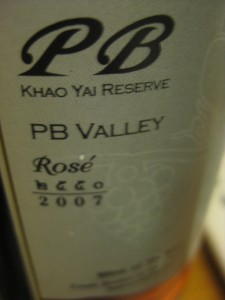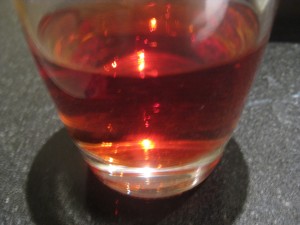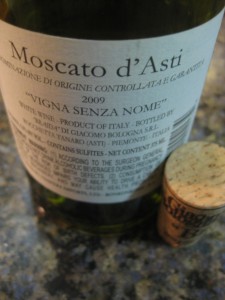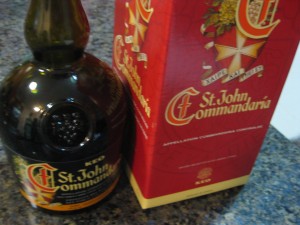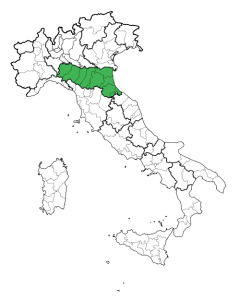 Pride of Portugal
Pride of Portugal
Touriga Nacional makes the Portuguese swell with pride, similar to helium in a balloon or the chest of a doctor’s grandmother when describing her granddoctor. Most famous as the lead singer in the Grapes o’ Port band, Touriga Nacional also shows up on its own in really dark, pretty heavy wines from the Douro (most famously) and Dão (better non-Port wine IMO). But really, if people know this grape it’s because they know Port. Should anyone’s eyes light up about Touriga Nacional, immediately become their friend and go port-tasting with them. They will know decades worth of useless trivia that only you, the imminent port connoisseur, will care about. Port though isn’t about impressing people. That was the 80s, with cigars, Gordon Gecko and other now-cliques. Now, port is about sharing a weird insider world with old men and lost knowledge. Expect to find it in a Paulo Coelho novel soon (pun not intended but reality trumps imagination this time).
Port, in a too-simple telling, is a fortified wine from Portugal, from Oporto Portugal to be specific. It’s up in the north, is absolutely gorgeous as a city and still has a whole port-producing neighborhood that deserves to be at the top of any European bound teenagers. These places have been around hundreds of years (this tasted wine is from Taylor’s – founded in the year of the Salem Witch Trials). Touriga Nacional is the bauble among the port-producing gems, and Catavino describes it really really well (as they do most things – go RSS them). It’s a vine that produces few grapes, really dark grapes and for the last few hundred years has been made into wine by the Portuguese with the help of the Brits. There’s likely a historical reason for this Portuguese-British history but that history book hasn’t made it into my field of vision. Kudos if you can recommend one.
Taste
This particular port was consumed in the Tokyo Airport, better spelled Tokyo Air Port (another example of reality winning the pun war), and is from one of the oldest and most famous Port Houses in the world. For whatever reason, this particular port only shows up in the Tokyo Air Port and several other Asian distributors. Taylor’s apparently has an Asian Port recipe they’re not sharing with the rest of the world.
Blueberry smell, violet and blueberry taste with a bit of cherry finish elbowing its way into the blue port world. Really smooth overall although that 20% alcohol does leave its business card on the finish.
Detail Up!
Taylor’s Fine Tawny Port (image from them too)
Random Googles
* Taylor’s Fine Tawny Port seems only to be sold in Asia and doesn’t show up on Taylor’s website. Light suspense ensues.
* Australians shorten the name to “Touriga” and make loads of quality Port-ish wines.
* More than 100 grapes can go into Port. Only 5 achieve stardom though: Touriga Nacional, Tinta Roriz (aka Tempranillo), Touriga Francesa, Tinta Cão, and Tinta Barroca.
